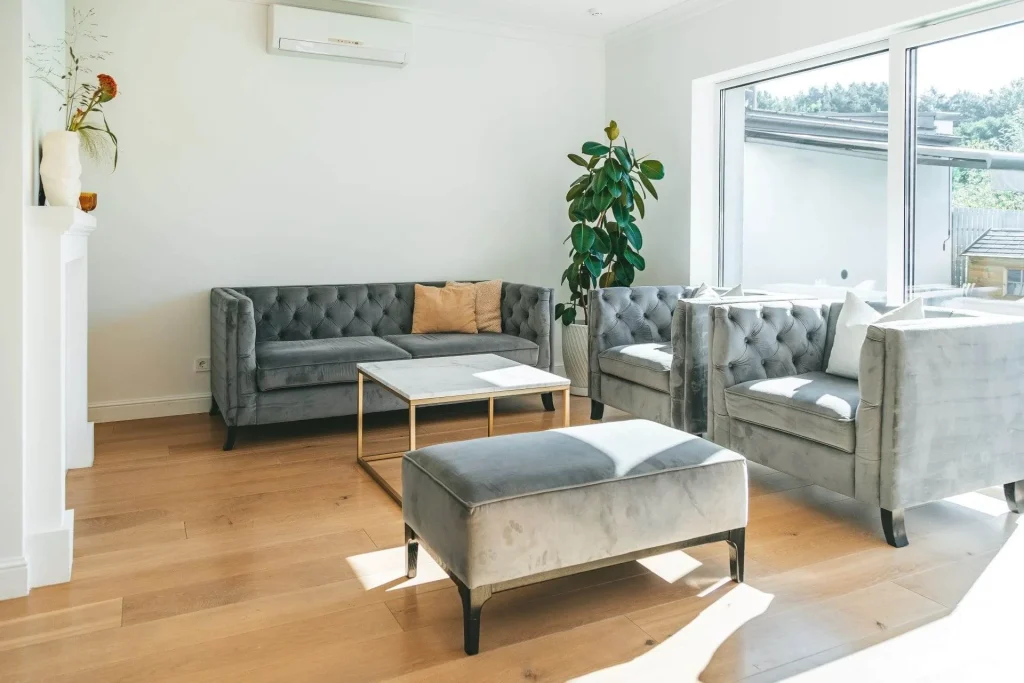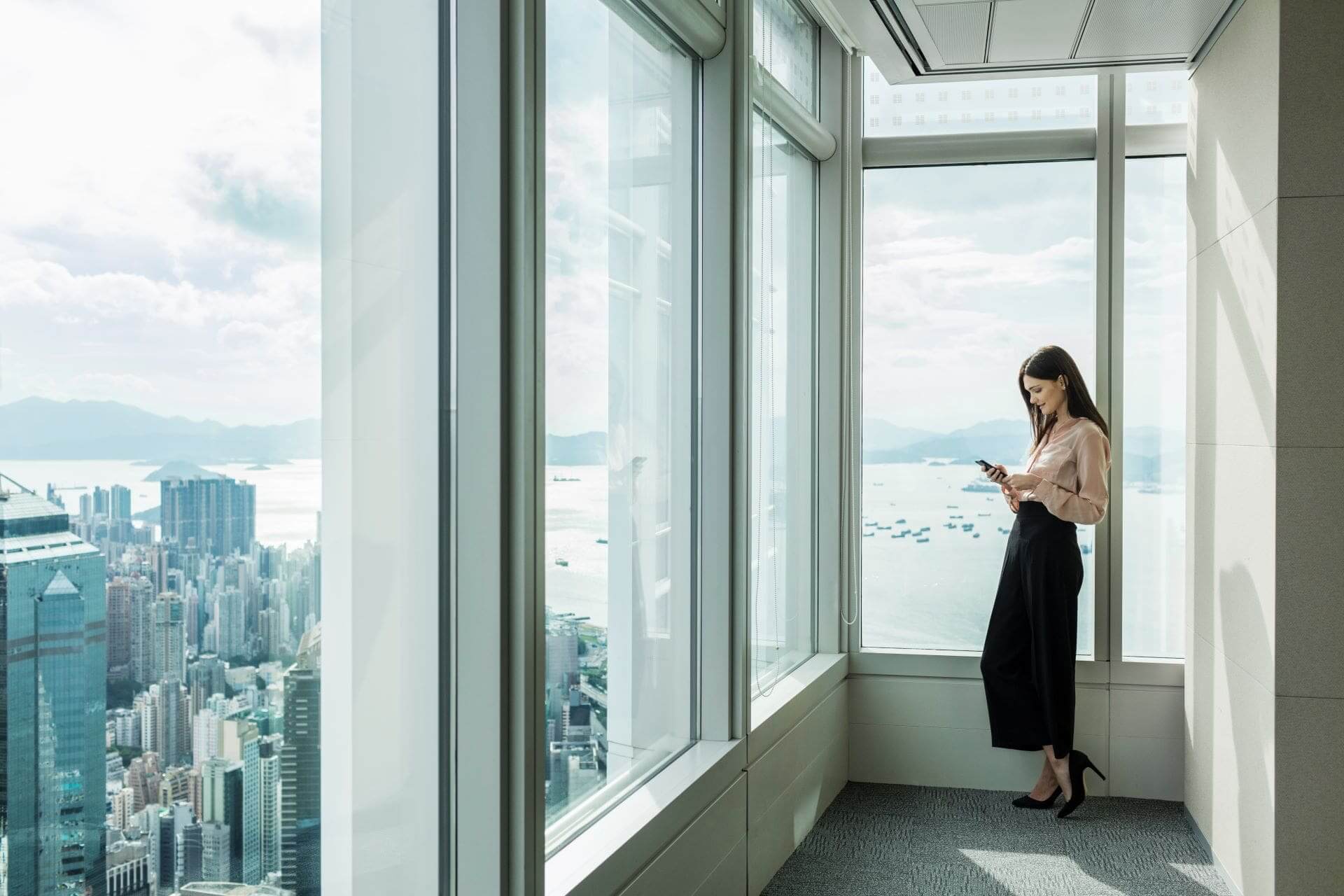If you own a house and lot in Cavite, you’re likely aware of the region’s warm climate. You probably already know about Cavite’s warm climate if you own a house and a lot there. Although sunny days are obviously attractive, they can also result in higher indoor temperatures, which can make your home uncomfortable and expensive to cool. This is where purchasing Low-E (Low Emissivity) glass for your windows can be a wise choice.
In this article, we will look at the advantages of Low-E glass and how it can help your house and lot in Cavite stay cooler.

What is Low-E glass?
Low-E, or low-emissivity, glass was developed in order to decrease the amount of infrared and ultraviolet light that goes into your house and lot in Cavite while maintaining the same amount of light coming through your glass.
Low-E glass windows have a translucent, microscopic-thin layer that reflects heat. When heat or light energy becomes absorbed by glass, it is either reflected back by the glass surface or transferred away by flowing air. Generally, materials that are highly reflective possess low emissivity, while materials with dull, dark colors possess high emissivity.
In addition, the coating is even more delicate than human hair! By mirroring the interior temperatures back inside, the low-e coatings maintain a constant temperature in your home.
Is Low-E Glass Good for Hot Weather?
You can forget about coziness if heat continues to pass indoors, particularly during summertime. Rather, the atmosphere in your home will resemble a sauna. However, Low-E glass allows you to preserve brighter, cooler interiors while lowering heat and sun glare.
You can maintain a cozy but cool indoor environment by preventing heat from seeping inside. Heat entry into homes and workplaces can be significantly reduced by using low-e glass for fenestration demands. You can permit the heat out and preserve a pleasant ambiance without sacrificing the amount of natural light and ventilation that is ideal. They are therefore the perfect summertime choice.
Is Low-E Glass Better Than Clear Glass?
It’s crucial to take the needs of the homeowners into account when deciding between clear glass and low-e glass. Low-E glass is perhaps a better option if the conservation of energy is a priority. On the other hand, a clear glass might be a preferable option if maximizing natural light is a goal. Along with the property’s architecture, use of the space, and location’s temperature, other factors should also be taken into account.
What Are the Benefits of Low-E Glass?

Energy efficiency
Low-E glass’s energy efficiency helps create a more environmentally friendly and sustainable living environment. Using less energy results in fewer greenhouse gas emissions and a smaller carbon footprint overall.
Furthermore, lower energy use is a result of fewer heating and cooling systems being required because of better insulation and heat reflection. Over time, homeowners can anticipate significant energy savings that will result in lower utility costs.
Enhanced comfort
By reflecting heat back into the space during the colder months and preventing it from entering during the summer, Low-E glass contributes to maintaining a more stable indoor temperature. This temperature control lessens the need for a lot of heating or cooling, making indoor spaces more comfortable all year long.
While energy efficiency and thermal comfort are the main goals of Low-E glass, certain varieties also offer sound-insulating qualities. The internal environment can be made quieter and more tranquil for homeowners by minimizing outside noise penetration, which enhances overall comfort.
By limiting the intrusion of external allergies and pollutants, the improved insulation offered by Low-E glass can help preserve healthier indoor air quality. Additionally, for people with respiratory conditions, this may help create a healthier and more comfortable living environment.
Protection against fading
Low-E glass can also keep the great majority of UV rays from entering your home by a similar mechanism by which heat radiation is reflected. Because UV light has the bothersome habit of having a type of bleaching impact on the flooring and furniture, losing their color, this not only safeguards your family but also your furnishings.
Sustainability
The primary approach by which low-e glass improves sustainability is by making houses more energy efficient. Less dependency on heating and cooling equipment is achieved by reducing heat transfer through low-e windows. This results in less energy being used and fewer greenhouse gas emissions. By lowering your energy consumption for temperature control, you help create a world that is more environmentally friendly.
Return on Investment
The wear and tear on HVAC equipment is decreased since the heating and cooling systems are not under as much stress. This may result in lower maintenance and repair costs as well as a longer HVAC system lifespan. To put it simply, delaying the need for costly repairs or system replacements can save a lot of money.
Types of Low-E Coatings
1. Passive Low-E Coating (Hard coat)
The pyrolytic technique, which yields a pyrolytic coating, is used to produce the passive low-e coatings. In order for the coating to “fuse” to the heated glass surface, it is then placed on the glass ribbon throughout the time it is being made on the float line. This fusion creates a strong connection, or “hard coat,” that is incredibly durable.
2. Solar Control Low-E Coating (Soft coat low-e)
The Magnetron Sputtering Vapor Deposition (MSVD) technology is used to create solar control low-e coatings, indicating that the coating has been applied offline to pre-cut glass in a vacuum chamber at a constant temperature. It is necessary to seal this coating, which is also known as “soft-coat,” in an insulated glass (IG) or laminated unit. The soft coat performs better at solar management and has reduced emissivity. The best solar control is provided by this coating.
Read more: Learn About the Different Window Glass Types and Types of Windows


